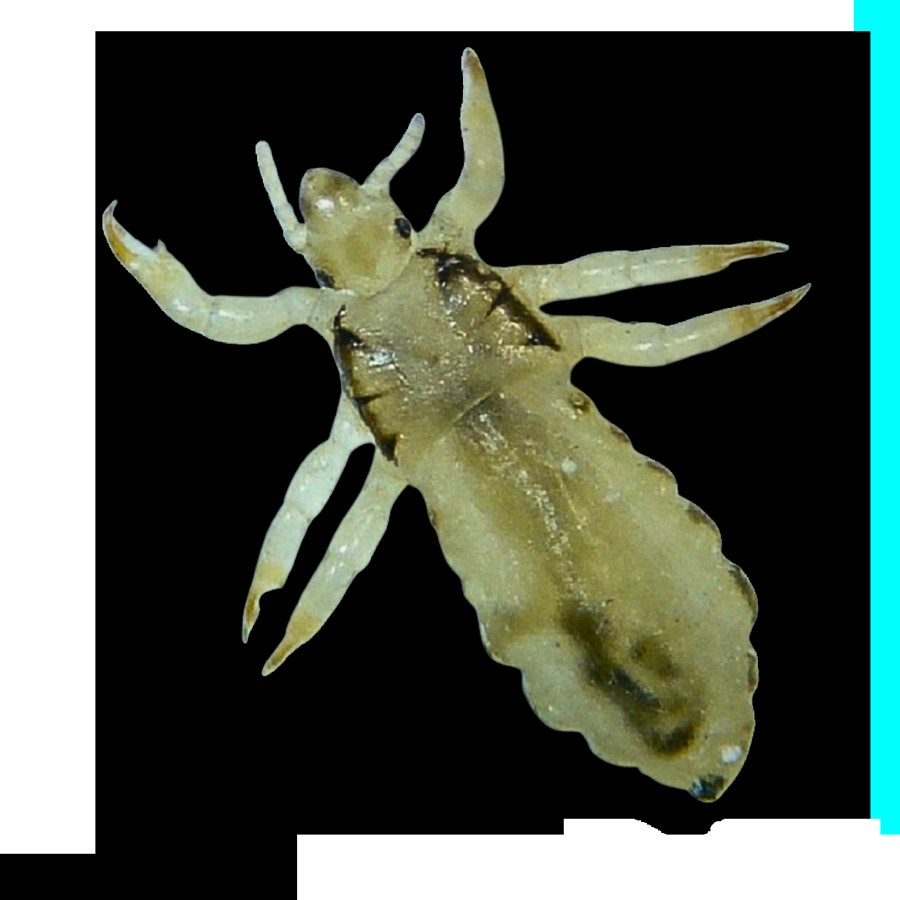Head lice. The very words can send shivers down a parent’s spine. But before you panic, take a deep breath. Understanding head lice and how to deal with them is key. This parent’s guide provides essential information on identifying, treating, and preventing head lice infestations, ensuring a calm and effective approach to this common childhood issue.
Spotting the Signs: Is It Really Head Lice?
Knowing the symptoms of head lice infestation is the first step. Look out for:
- Frequent head scratching, especially in children.
- Complaints of an itchy scalp or head.
- Redness behind the ears or on the back of the neck.
Head Lice: Separating Fact from Fiction
It’s crucial to understand the realities of head lice to avoid unnecessary stress and ineffective treatments.
- Don’t Overreact: Head lice are not a medical emergency and rarely pose any health risks. Overuse of harsh chemicals is more dangerous.
- Survival Off-Host: Head lice cannot survive for more than 24–48 hours away from a human host.
- No Pets Allowed: Head lice are species-specific and cannot live on pets.
- Home Infestation Myths: They cannot reproduce in carpets, furniture, or other household items.
- Pesticide Sprays: Ineffective and Harmful: Never use pesticide sprays (“lice bombs,” flea bombs) on your home, car, or furniture. This exposes your family to harmful chemicals unnecessarily.
- School Spraying Concerns: If your child’s school sprays rooms or buses, advocate for them to stop, referencing reliable resources on head lice management.
- Common and Universal: Head lice affect people of all socioeconomic backgrounds. Millions of children and school staff experience head lice each year.
Treatment Strategies: Getting Rid of Head Lice Safely
The primary method of head lice transmission is direct head-to-head contact. Sharing personal items can also spread lice. Remember:
-
Lice Don’t Fly or Jump: Lice can only crawl, but they do so quickly.
-
Manual Removal: The Gold Standard: Removing lice and nits by hand is the safest and most effective treatment.
Figure 1. Adult head louse, Pediculus capitis. Note the claws adapted for grasping hair.
-
Lice Shampoos: Use with Caution: If you choose to use a lice shampoo, consult your doctor or pharmacist for recommendations and carefully follow all label instructions. Incorrect use can be ineffective and even harmful.
Understanding the Enemy: Head Lice and Nits
Head lice are small, wingless parasitic insects. They are typically 1/6 to 1/8 inches long, with light brown bodies and darker legs. Their claws are specially adapted for clinging to hair.
Nits (lice eggs) are grayish-white or brown and are glued to hair strands by female lice. Nits are resistant to pesticides and difficult to remove without a fine-toothed “nit-comb.”
Figure 2. Nits (lice eggs) attached to hair. They are difficult to remove and often require a specialized comb.
Preventing a Recurrence: Staying Lice-Free
Head lice do not indicate poor hygiene. Anyone can get them.
- Regular Monitoring: Check your children for lice every few days if there are reports of infestations at their school. Early detection makes elimination easier.
- Education is Key: Teach children not to share hats, scarves, headphones, and grooming items. Discourage head-to-head contact.
- Laundry Practices: Wash and dry bedding and clothing as usual to kill lice. Regular laundry detergent works effectively, especially with hot water. Avoid adding pesticides or unlabeled treatments. Vacuum items that can’t be washed.
- Carpet and Furniture Care: If concerned about lice on carpets or furniture, vacuum thoroughly. Never spray them with pesticides.
- Comb and Brush Hygiene: Clean brushes, combs, and hair accessories with hot, soapy water. Never spray them with pesticides.
- School Policy Cooperation: Work with your school’s head lice policy to help prevent widespread outbreaks, even if it means temporary exclusion for your child.
The Power of Manual Removal: 10 Essential Tips
“Manual removal is the safe alternative and necessary component of any head lice treatment regimen.” –National Pediculosis Association
Manual removal can completely control a head lice infestation, especially when combined with shampoo treatments.
- Good Lighting is Essential: Work in a well-lit area using a flashlight and magnifier if needed.
- Detangle First: Use a grooming comb or hairbrush to remove tangles. A detangler spray can help.
- Divide and Conquer: Divide the hair into sections and secure the sections not being worked on.
- Use a Lice Comb: Use a lice comb to detect and remove lice and nits.
- Scalp to End: Go through hair sections from the scalp to the end of the hair. Nits are usually found close to the scalp.
- Clean the Comb: Dip the comb in a cup of hot, soapy water or use tape to remove lice, nits, or debris from the comb.
- Repeat the Process: Sift through the same section of hair again, looking for attached nits and live lice.
- Move Methodically: Move on to the next section until the entire scalp and all hair has been checked.
- Ongoing Screening: Screen the infested person every day for 10 days and regularly thereafter.
- Address New Nits: If you find additional nits (at least 3–5 per day), another manual search is recommended.
Head lice can be a nuisance, but with the right knowledge and approach, you can effectively manage and prevent infestations, keeping your family happy and healthy. Remember to prioritize safe and proven methods and consult with healthcare professionals when needed.
